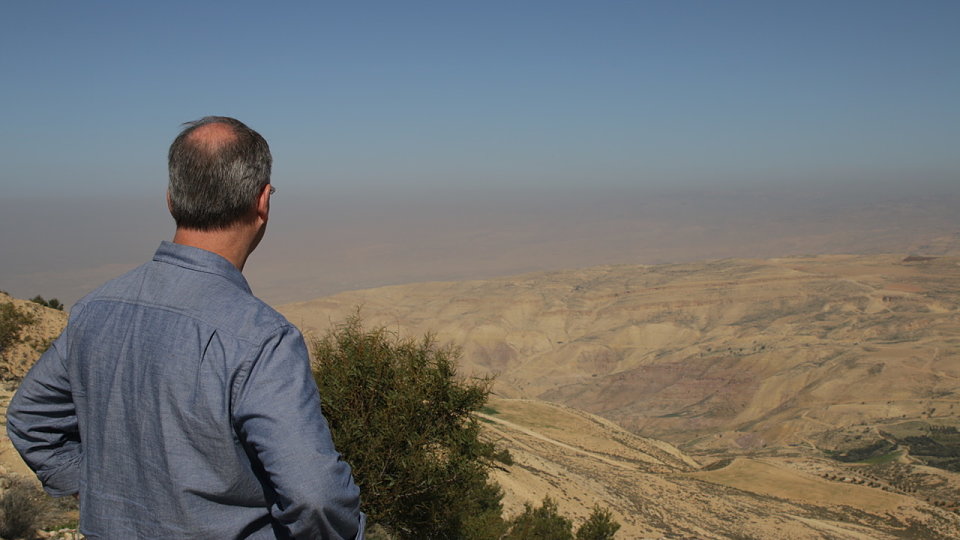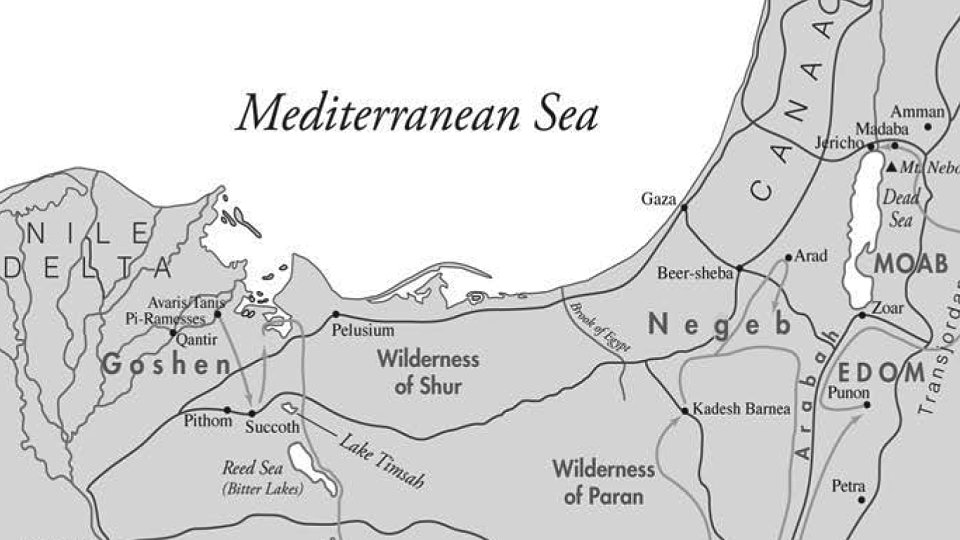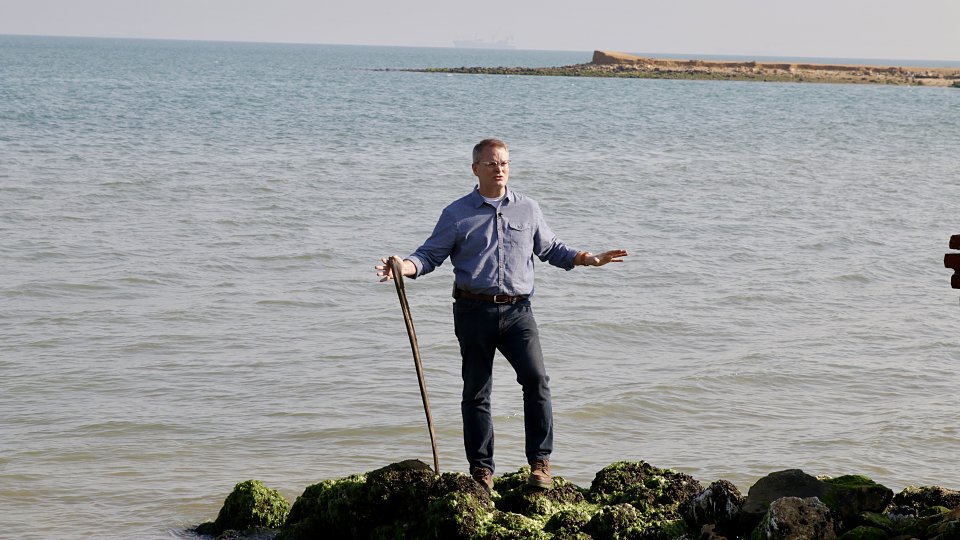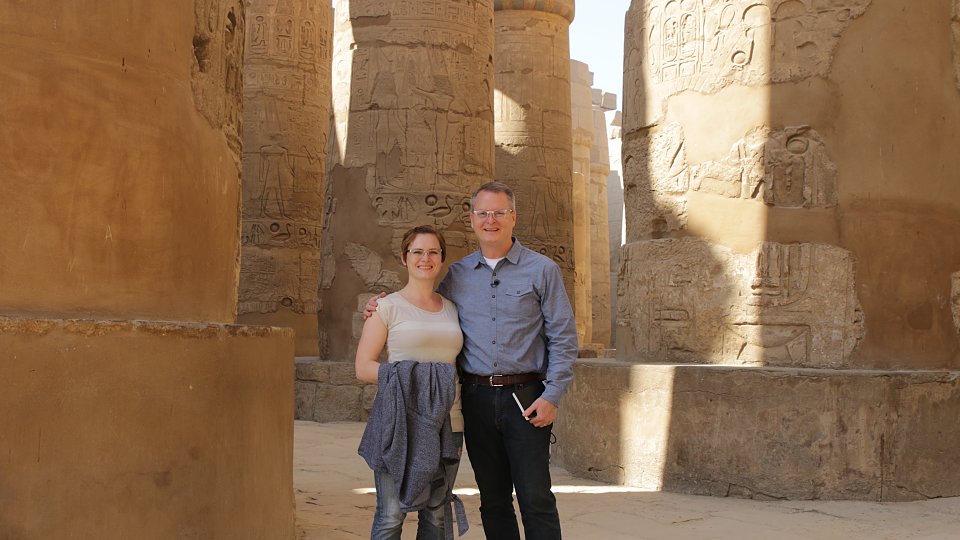Whose Child Is This?
During the next few weeks on the blog, I’ll be sharing excerpts from my latest book, Faithful: Christmas Through the Eyes of Joseph. I hope you’ll be encouraged to consider studying Joseph’s story for your Advent devotions this year. This week, I share highlights from Chapter Two, “Whose Child Is This?” Click here to read last week’s post from Chapter One. Matthew’s account of Joseph’s story, and through it Jesus’ story, begins with a scandal. With brevity and directness, Matthew tells the reader that, while Joseph and Mary were engaged, Mary became pregnant and Joseph was not the father. Matthew leaves to the reader to ponder just how upsetting Mary’s pregnancy must have been to Joseph. We don’t learn the implications or legal consequences of what appeared to Joseph to be an act of infidelity, but we do get a hint of Joseph’s character when we read his response to this news. If we bring together Luke’s and Matthew’s accounts of Jesus’ birth stories, it seems likely to me that Mary told Joseph of her pregnancy on a visit to Bethlehem, Joseph’s hometown. (Luke 2:3 suggests that Bethlehem was Joseph’s “own city.”) Luke tells us that after Mary learned from the angel Gabriel that she was pregnant, she went to visit her older cousin Elizabeth, who was pregnant with Jesus’ cousin, John the Baptist. Bethlehem was just a few miles from the hill country where Elizabeth lived, and so it seems quite possible that, after telling Elizabeth of her pregnancy, the two of them traveled to Bethlehem to explain this to Joseph. I’ve even wondered if Elizabeth may not have been the matchmaker who arranged for Mary’s marriage to Joseph, given that she lived very close to Bethlehem but was a member of Mary’s family. Mary, likely accompanied by Elizabeth, told Joseph that a messenger from God had appeared to her announcing she was to have a child. (The Greek word that is transliterated as “angel” in the Gospels— angelos—literally means “messenger.”) The messenger had told Mary she would become pregnant through the work of the Holy Spirit. That may have been exactly what Mary said, but I suspect it was not exactly what Joseph heard. He seems simply to have heard that his fiancée was pregnant, and he knew he was not the father. We read in Matthew 1:19 that Joseph “was a righteous man,” by which Matthew may have intended us to know that Joseph would not condone adultery. Matthew may also have used the phrase in reference to the next line: “Because he didn’t want to humiliate her, he decided to call off their engagement quietly.” ClearlyJoseph did not believe Mary’s story that she had conceived supernaturally by the Holy Spirit. The news that Joseph received from Mary was devastating. Joseph and Mary were not yet living together as husband and wife, but Joseph undoubtedly felt utterly betrayed and humiliated. Once Mary became visibly pregnant, people were going to talk. Joseph faced a dilemma. On the one hand, he could do what was customary in such circumstances and call off the marriage. He would have to go to the priest or into the public square and declare what had happened and why he was breaking off the engagement. To do this publicly would be to call Mary out as an adulteress. She would be publicly scorned and humiliated. The Law of Moses (see Deuteronomy 22:20-21, 23-24) stipulates an even harsher penalty for an engaged woman who cheats on her bridegroom before they are married: “The city’s elders will bring the young woman to the door of her father’s house. The citizens of that city must stone her until she dies” because she had betrayed the man to whom she was engaged, her entire family, and God. “Remove such evil from your community!” says the Law. It doesn’t appear that this penalty was practiced much among Jewish people under Roman rule. But even if Mary were not put to death, she would be seen as a sinner in her community, a harlot. And she would be viewed this way from that time forward. Few men would consider marrying a woman who had cheated on her fiancé. Mary would carry a reputation with her from then on. Her family, too, may have faced disgrace. But that was not what Joseph wanted. Instead, even though undoubtedly heartbroken, he showed mercy to Mary. He decided to divorce her quietly. This likely meant that he would say he had changed his mind about the marriage. As it became evident that Mary was pregnant, people would assume that Joseph was the father and that he had a change of heart after being intimate with her. He, not Mary, would be seen as the dishonorable party in the relationship. He would take all the blame. He would accept the stigma and shame for himself rather than allow Mary to be forever disgraced. Mary’s dignity would remain intact. No one would be put to death. All this is implied by those few words in Matthew’s Gospel: “Joseph her husband was a righteous man. Because he didn’t want to humiliate her, he decided to call off their engagement quietly” (Matthew 1:19). Think about the picture that Matthew’s Gospel reveals of Joseph in those few words. Joseph had reason to believe that he had been wronged, that his fiancée had been unfaithful. At that point, Joseph hadn’t yet had the dream in which the messenger of the Lord appeared to him. Despite his pain, he still felt compassion for Mary. He showed mercy, forgiveness, and grace. He felt hurt and betrayed but refused to denounce her publicly and humiliate her. That, I think, is remarkable. Click here to find more information about all Faithful products, including the primary book, a DVD, a Leader Guide, a Children's Leader Guide, and a Youth Study book.








